 Article Overview
Article Overview
There are three view modes for observing waveforms on an oscilloscope: YT mode, rolling mode, and XY mode. While YT mode is sufficient in most cases, how should rolling mode and XY mode be used? What are the advantages and disadvantages of each mode?
Oscilloscopes can observe waveforms through various view modes, including YT mode, rolling mode, and XY mode. YT mode can be further divided into normal, single/dual ZOOM display modes, and interpolation mode. When observing signals, which mode is the most suitable? What are the relationships between different modes? This article takes the ZDS3000/4000 Plus series oscilloscopes as an example to delve into the display methods, advantages, and disadvantages of each mode, helping you quickly and accurately find the appropriate mode for signal observation.
1. YT Mode
YT mode is the most common mode in oscilloscopes, where the Y-axis represents the channel input signal (positive up, negative down) with the reference ground at zero, and the X-axis represents time (negative left, positive right) with the trigger point at zero. YT mode can be further divided into normal, rolling, single/dual ZOOM, and interpolation modes, with a focus on the most commonly used normal mode below.
In normal mode, the oscilloscope generally operates, characterized by the following: sampling is done in discrete and independent intervals, with dead zones between samples. Trigger conditions can be set, and waveforms are output after sampling is complete, allowing for stable display of periodic signals.
1. Advantages: It is suitable for observing periodic signals, eye diagrams, and low-probability abnormal signals. It allows for powerful data processing, such as measurement and decoding, making it the most commonly used oscilloscope mode, as shown in Figure 1.
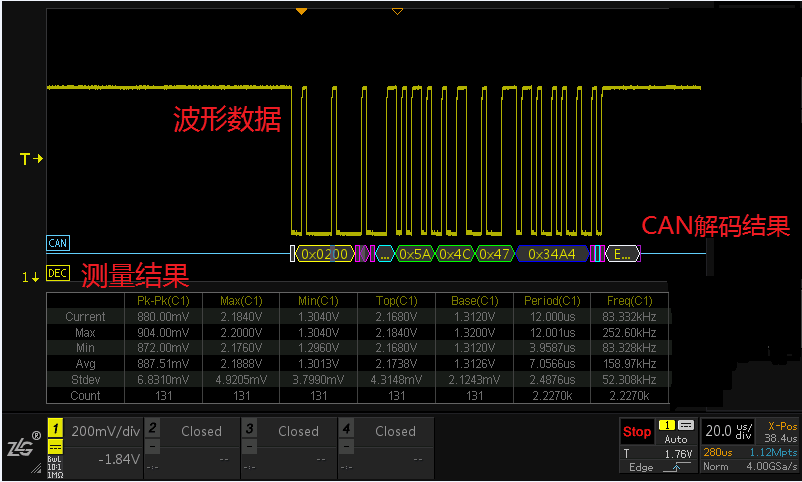
Figure 1 Measurement and decoding diagram in normal mode
2. Disadvantages: There are dead zones between samples, which can result in data loss, sometimes critically. When the horizontal time base is set to a large value, the waveform refreshes slowly due to the extended sampling time.
2. Rolling Mode
Rolling mode allows for real-time observation of low-frequency signals to check for abnormalities and understand signal characteristics and trends, such as frequency, amplitude, and pulse width. The characteristic of rolling mode is that the captured waveform scrolls from right to left.
For the ZDS3000/4000 Plus series oscilloscopes, there are two ways to enable rolling mode:
-
Press the 【Acquire】 button on the oscilloscope panel to enable 【Rolling Mode】;
-
Press the 【Acquire】 button on the oscilloscope panel to enable 【Auto Scroll】. When the horizontal time base is set to 50ms/div or higher, it automatically enters rolling mode.
1. Advantages: Real-time display of sampling without dead zones, ensuring no data loss. However, it is important to note that a low sampling rate can also lead to meaningless data, so choosing a deep storage oscilloscope is crucial. Deep storage waveforms are distortion-free, as shown in Figure 2, allowing for perfect reconstruction.
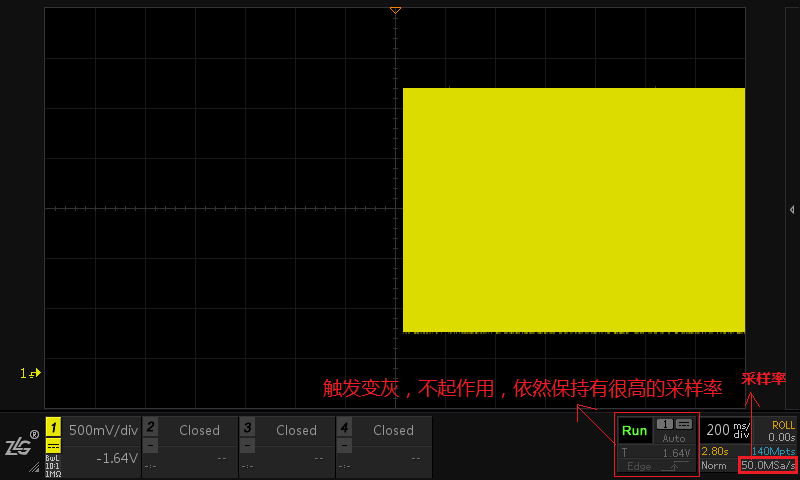
Figure 2 Distortion-free waveform in rolling mode
2. Disadvantages: The waveform cannot be displayed stably, as there is no concept of triggering, and it cannot automatically identify low-probability signals.
 Question: Why does the waveform scroll from right to left in rolling mode (as shown in Figure 3)?
Question: Why does the waveform scroll from right to left in rolling mode (as shown in Figure 3)?
Because the time axis defined in YT mode is negative on the left and positive on the right (with older data on the left and newer data on the right), new data must be added from the right, while old data moves out of the screen on the left, resulting in the right-to-left scrolling display.
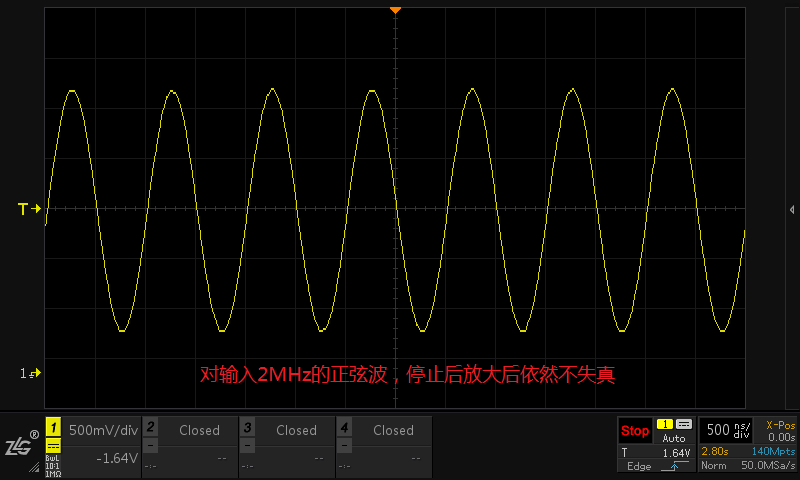
Figure 3 Waveform displayed from right to left in rolling mode
3. XY View Mode
XY view mode turns off the time base and uses the input from another channel as the horizontal signal to observe the relationship between the two signals, creating a Lissajous figure. The most notable feature of this mode is that it changes the voltage-time display of YT mode to a voltage-voltage display. For example, the phase change of a test signal through a circuit network can be observed using XY view mode.
This mode has gradually diminished in modern mathematical oscilloscopes because it can only provide an approximate value with a large error, while the powerful measurement functions provided by mathematical oscilloscopes can yield precise results directly.
1. Advantages: It is convenient for observing the frequency and phase relationship between two signals, allowing for precise phase difference measurements, as shown in Figure 4, with phase difference estimation in XY mode illustrated in Figure 5.
2. Disadvantages: Automatic measurement, cursor measurement, and trigger control functions do not work in this mode.
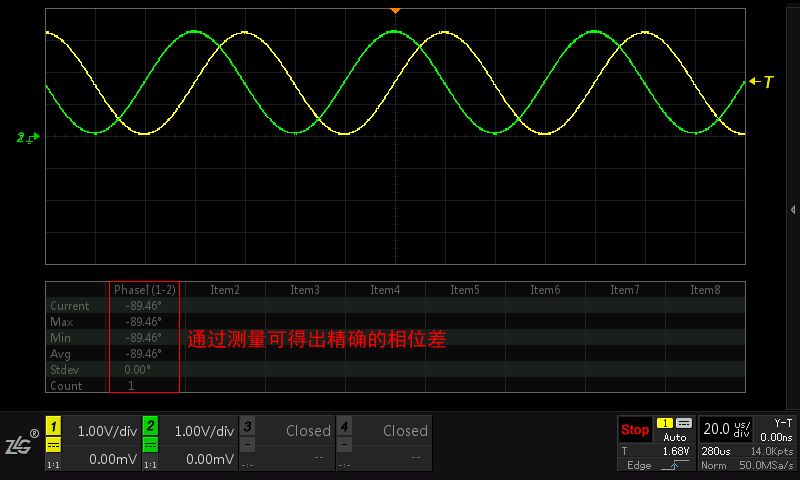
Figure 4 XY mode – Measurement diagram
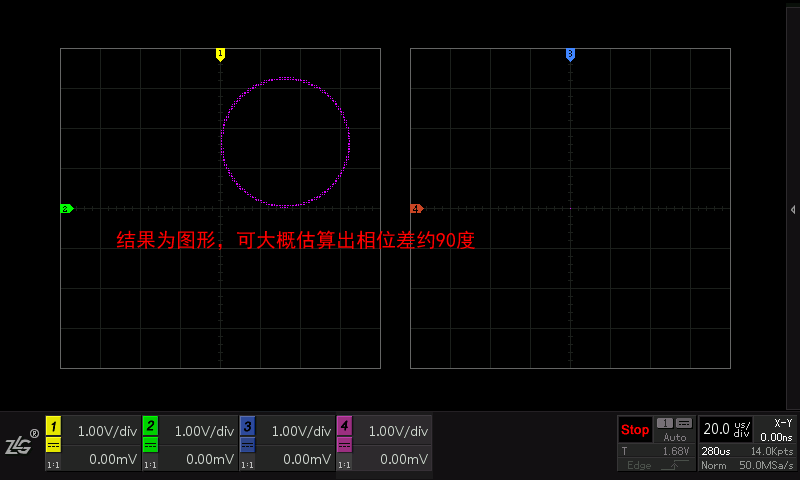
Figure 5 XY mode – Estimation diagram
4. Conclusion
In general, using the YT mode of the oscilloscope can meet work requirements, such as general measurements, decoding, triggering, and waveform searching. However, it is important to note that YT mode has non-continuous sampling with dead time, leading to the characteristic of waveform superposition display. If real-time observation of transmitted signals for fault diagnosis and analysis is needed, rolling mode can be used. For observing Lissajous figures and comparing the frequency and phase relationships of two signals, XY mode is recommended.
About Zhiyuan Electronics
Guangzhou Zhiyuan Electronics Co., Ltd. was established in 2001 and is a national high-tech certified enterprise, as well as the Guangdong Provincial Engineering Technology Research and Development Center for high-end industrial control measurement instruments.
Vision: To become a leading enterprise in the industrial internet ecosystem
Using “chip + AWorks software platform” to design high value-added modules, boards, and high-end measurement instruments, connecting to the ZWS IoT cloud through wired and wireless interfaces for big data processing, forming an industrial internet ecosystem.
Mission: To advance the process of China’s industrial internet with leading technology
Values: Professionalism and focus achieve dreams
